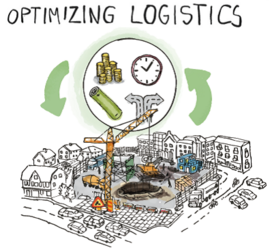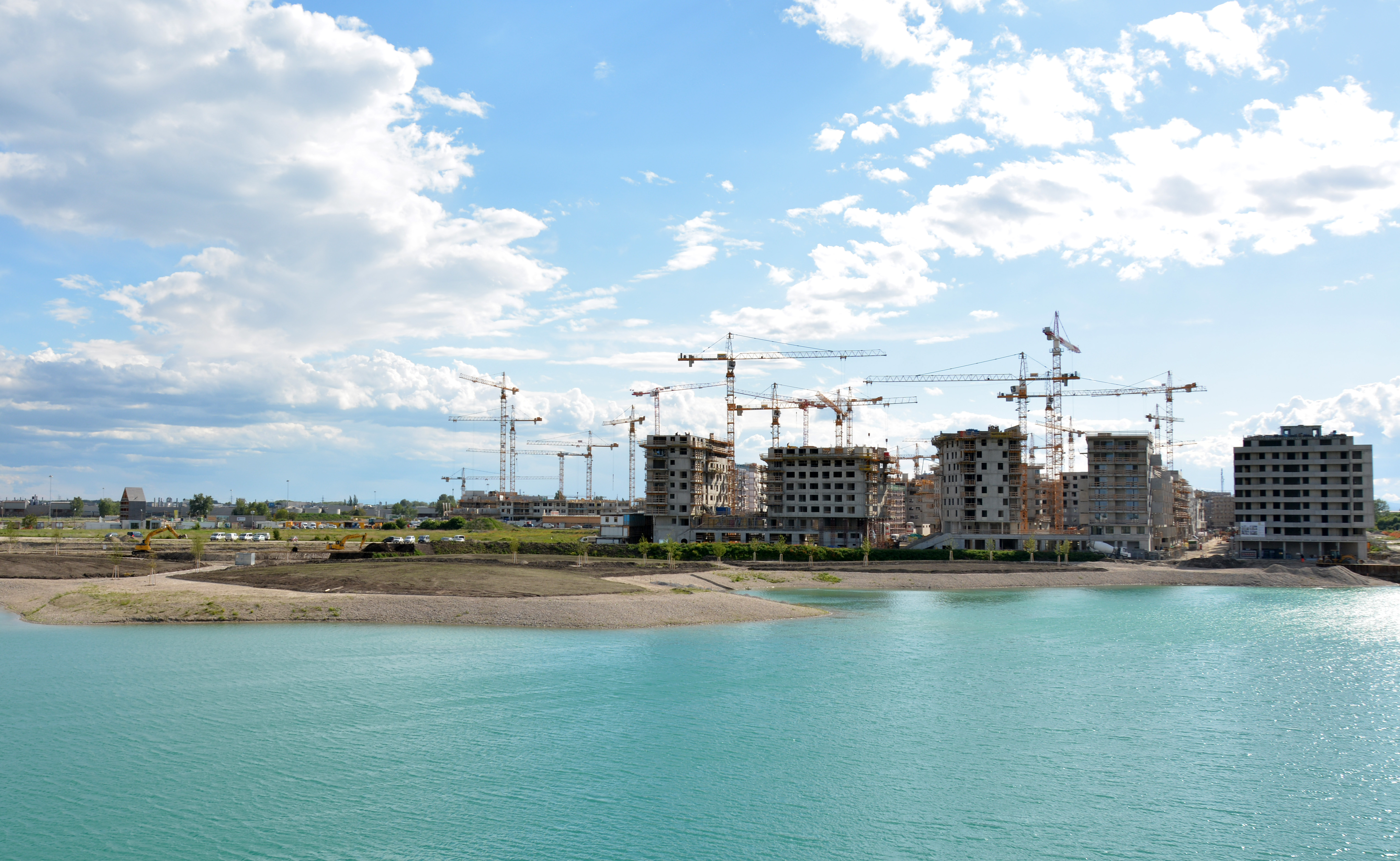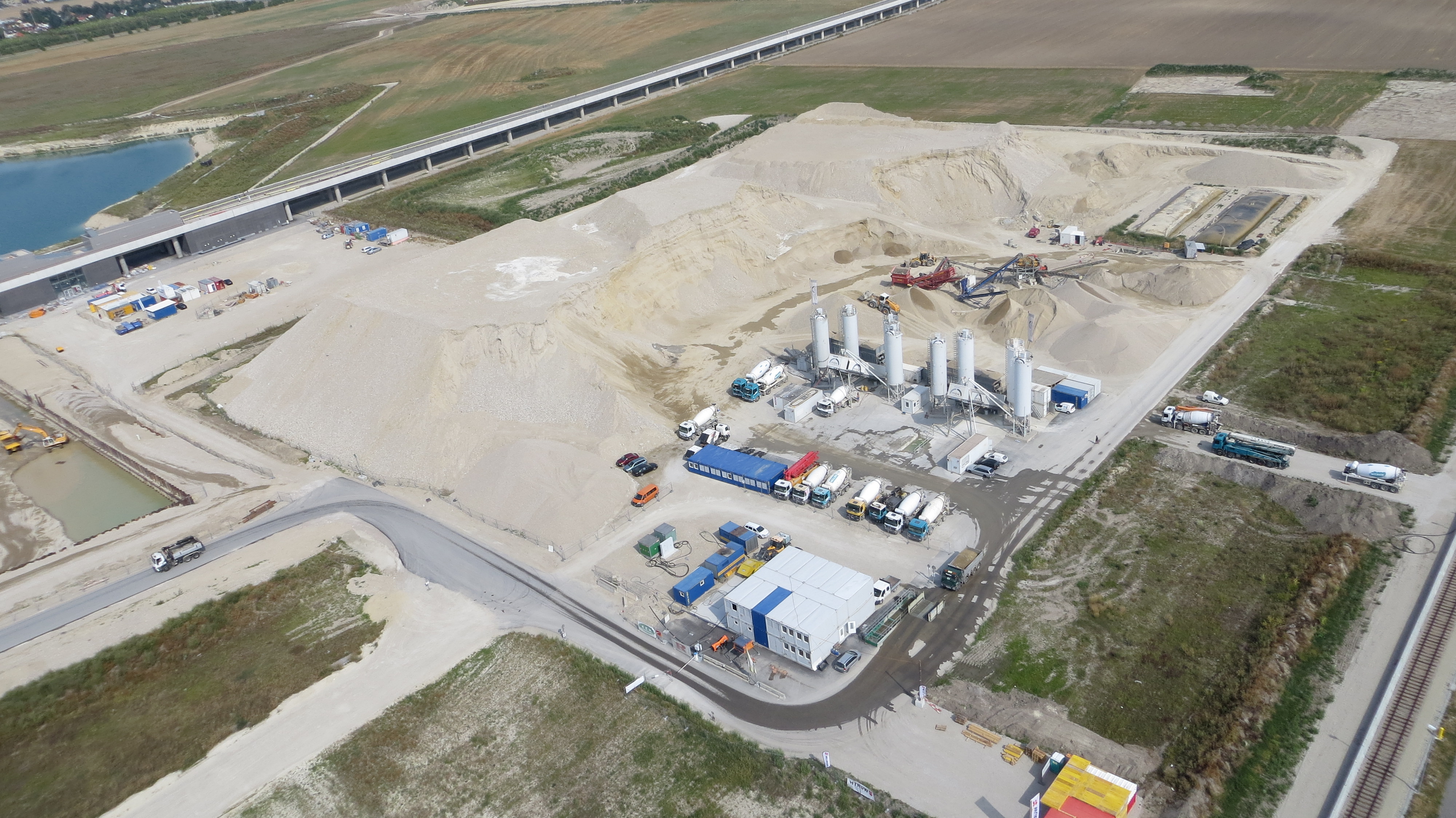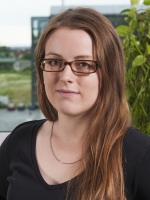Construction in Vicinities: Innovative Co-creation
The research project CIVIC (Construction In Vicinities: Innovative Co-creation), executed by an international consortium consisting of scientists and practitioners, aims to enhance planning and processing of construction activities, considering the interests of all relevant stakeholders (municipal authorities, construction companies, employees, citizens).
The Austrian partners AIT Austrian Institute of Technology and BLUM Baulogistik und Umweltmanagement / BERNARD Ingenieure investigate the construction activities in Aspern Seestadt and their environmental, economic and social implications. Project objectives focusing on efficient and sustainable transportation from and to inner-city construction- and restoration sites will be achieved through optimal construction scheduling and material delivery regarding time, location and resource availability.
Seestadt Aspern: Demonstration Area in Austria
Aspern Seestadt is Austria's largest construction site. In several phases until 2030 a new city will be constructed in Vienna's 22nd municipal district on an area of 2.4 million m². This area will provide acommodation for about 20,000 people and about 20,000 workplaces.
In the context of the project CIVIC, innovative dynamic optimization approaches for efficient construction logistics planning are developed. The challenges of coordinating workers at different construction sites and the timely delivery of material are addressed with the objective of optimising resource-efficiency and reducing traffic.
Project website
Final Conference
Final conference of CIVIC & DenCity
Partners
Amsterdam University of Applied Sciences
BERNARD Engineers
Cargohopper
Chalmers University of Technology
CommuniThings
Deudekom
Lindholmen Science Park
Linköping University
The Swedish Transport Administration
Vrije Universiteit Brussel
This project receives funding from the Austrian Federal Ministry for Transport, Innovation and Technology (bmvit) in the framework of the research programme "Stadt der Zukunft" and the Austrian Federal Ministry of Science, Research and Economy (BMWFW), as well as from the European Union’s Horizon 2020 research and innovation program.








